Does Krill Eat Phytoplankton
But neither of them is big enough to be considered a food source by much larger creatures. Grazing on microscopic plants called phytoplankton krill a type of zooplankton transfer energy to larger creatures upward through the food web.

Scientists Say Krill Science News For Students
Is krill a shrimp.
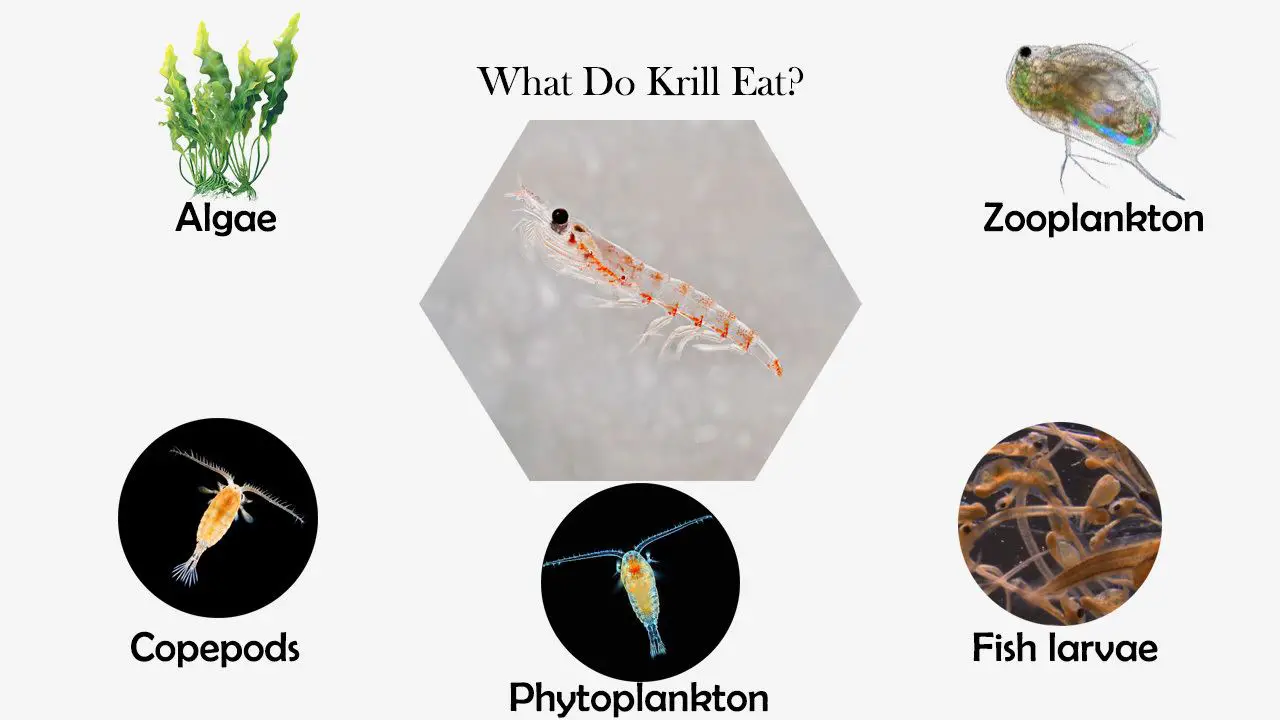
Does krill eat phytoplankton. Phytoplankton is microscopic marine algae. The krill takes that in and digests it through their normal digestive processes converting the microplastics into. Krill are quite resilient and can go as many as 200 days without eating in.
These adaptations allow them to survive the winter months in the Antarctic. What we found is that Antarctic krill actually eat microplastics. They feed directly on phytoplankton thereby using the primary production energy that phytoplankton derive from the sun in order to sustain their open ocean life cycle.
Illustration of various phytoplankton and zooplankton. Krill and shrimp are quite distinct from each other. If whales eat krill and if humans eat krill too what will happen.
Antarctic Krill are mainly herbivorous they sometimes eat each other feeding mostly on phytoplankton microscopic suspended plants. Vital to the planets marine ecosystem their diet consists of phytoplankton copepods zooplankton and algae. Krill eat phytoplankton which are small almost micro organisms sort of.
Phytoplankton are then consumed by krill and small zooplankton grazers which in turn are preyed upon by higher trophic levels. Zooplankton are heterotrophic meaning that they need to consume other organisms to gain energy. What do krill eat.
The male deposits a sperm sack at the females genital orifice the thelycum. In which of these situations would the whales be most likely to have a hard time finding enough food. Krill are amongst the largest and most ecologically important zooplankton and they feed on phytoplankton.
Krill have the ability to shrink their bodies and undergo long periods of starvation. Of the 85 species of krill worldwide the dominant species in central and northern California are Thysanoessa spinifera and Euphausia pacifica both less than an inch long. Phyto plankton is a microscopic plant that zooplankton eat.
These include small animals and some single-celled organisms. Although both belong to the class Malacostraca along with lobsters and crabs the. But krill are big enough.
The mating season varies depending on species and climate. Phytoplankton single-celled plants that float in the seas near the surface. Once they develop a mouth and digestive system krill eat phytoplankton which is found in the photic zone of the ocean the top where there is light.
This food source is found on the oceans surface and like land plants contain chlorophyll that absorbs sunlight and converts it into energy. Whales eat krill and krill eat phytoplankton. Krill consume phytoplankton by scooping up particles from the water.
Krill eat phytoplankton single-celled plants that float in the seas near the surface. What type of food do krill eat. Any unconsumed phytoplankton form.
Eventually there will be no food left and you will have no whales ext. They can eat zoo plankton which eats phytoplankton. High productivity low number of predators low productivity low number of predators.
For their own meals Antarctic krill eat small plants like phytoplankton as well as algae under the surface of sea ice. Phytoplankton the microscopic plant-like primary producers who create food out of sunlight are eaten by zooplankton a slightly larger carnivorous organism. Krill are small crustaceans resembling shrimp that are found primarily in the Arctic and Antarctic oceans.
Their mouths can filter and trap these microscopic algae for consumption. Phytoplankton do not need nitrogen. Krill spend their days in the dark depths of the ocean about 320 feet 100 m deep safe from their major predators like baleen whales and sea birds.
The krill passively filters out plankton and fish larvae from the surrounding water. Some krill also eat zooplankton. Some tropical krill also eat zooplankton.
Again a few species of phytoplankton appear to benefit temporarily from mans impact on the environment but as a whole plankton numbers are not stable and thus neither is the rest of the.
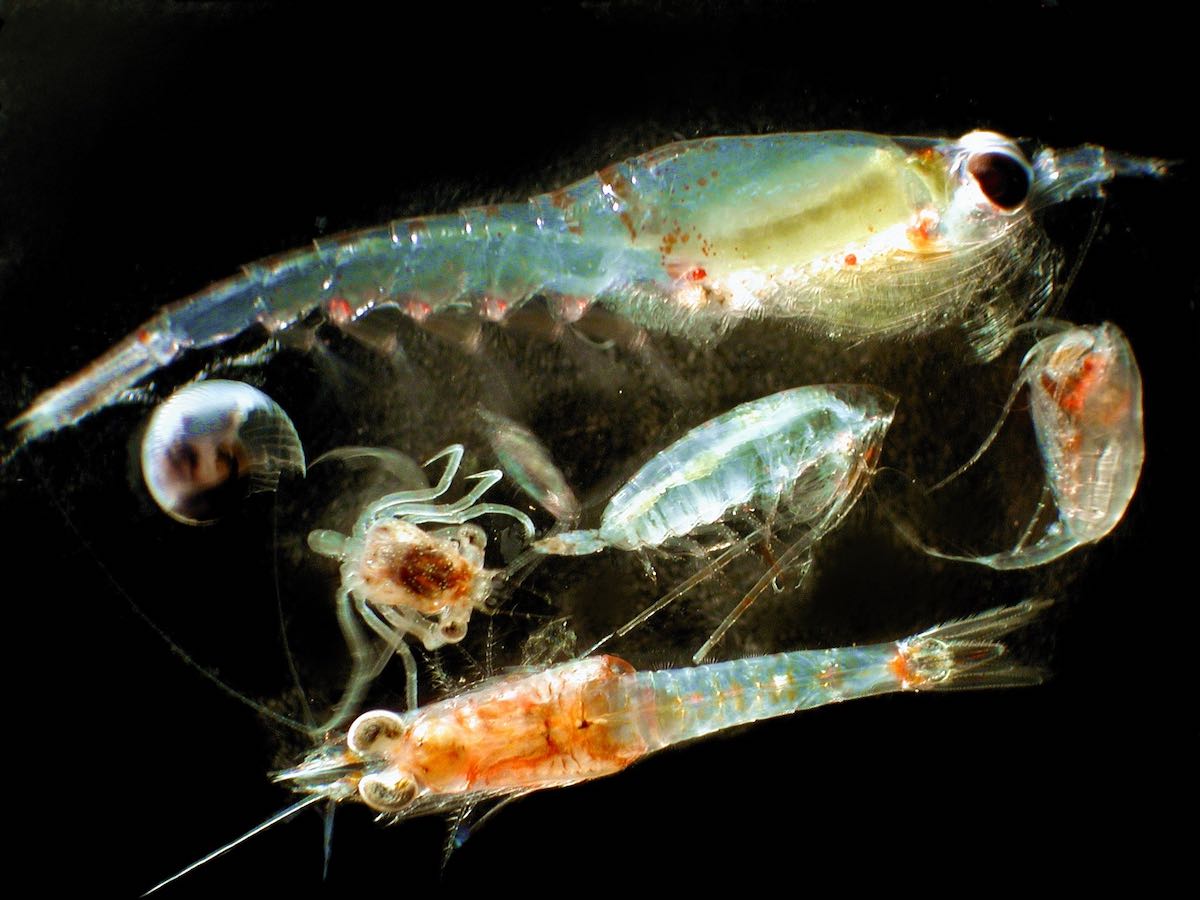
Plankton Small Organisms With A Big Role In The Ocean Ocean Conservancy
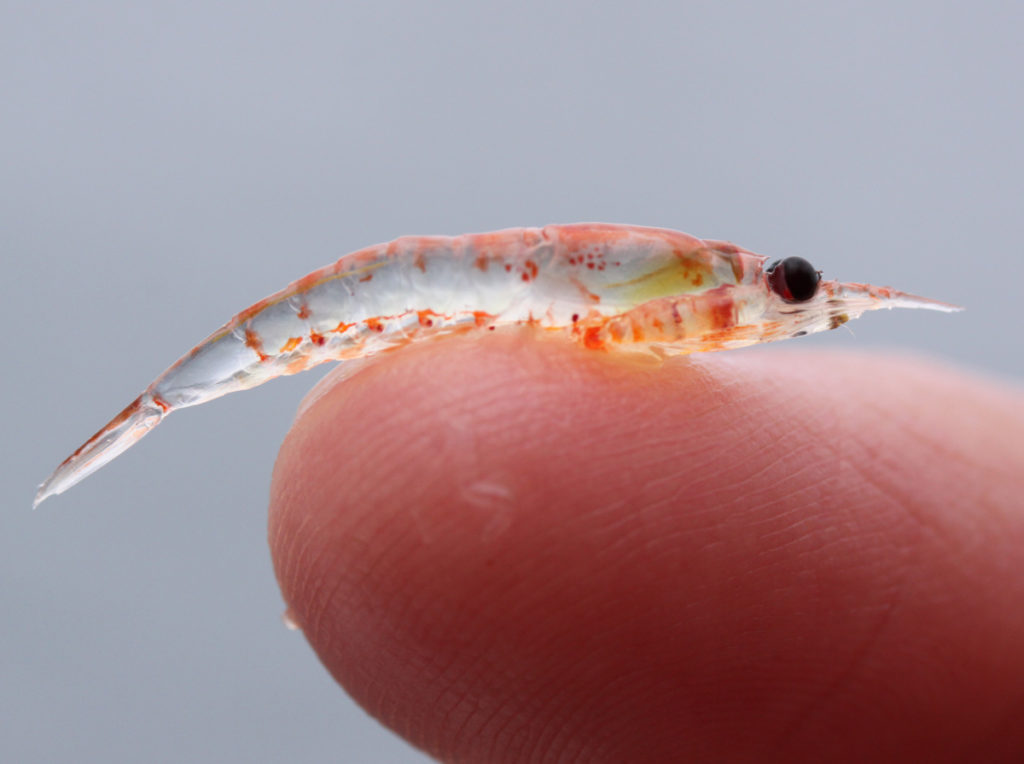
Species Spotlight Krill Small But Vital Greater Farallones Association
Carbon Pumping In For The Krill Cosmos Magazine
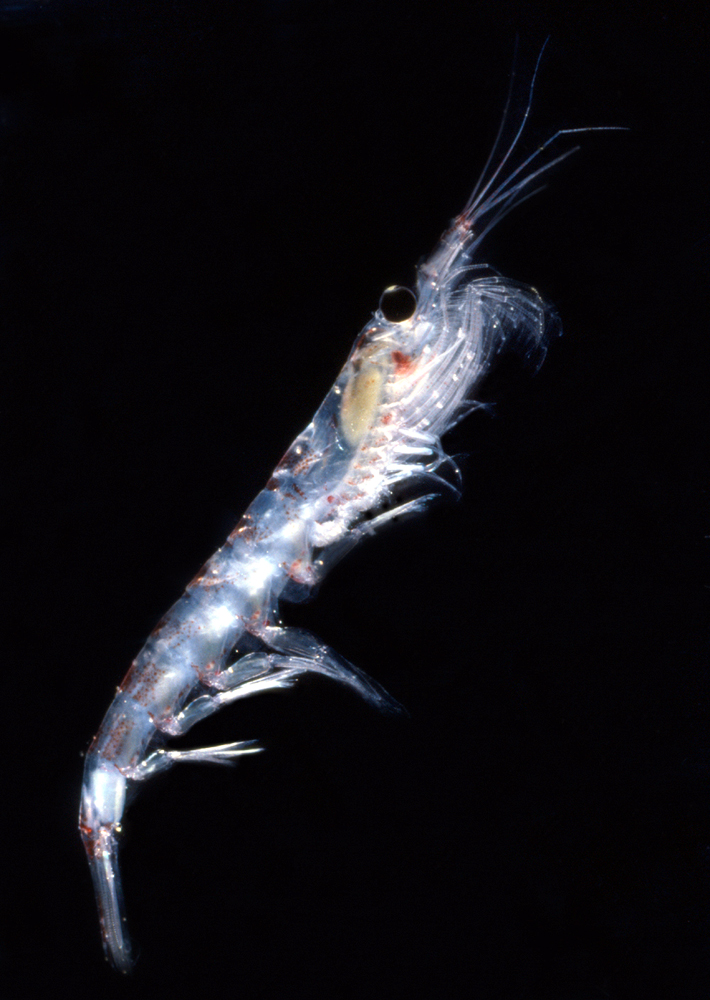
Krill In Antarctica Size Food Population Facts

Antarctica Plants And Animals Food Web Antarctica Ocean Food Web

The Neon Glow Of Bioluminescent Sea Creatures Sea Creatures Creatures Sea Animals

What Do Krill Eat Feeding Nature

What If We Had All Listened To Nasa And Started Eating Krill
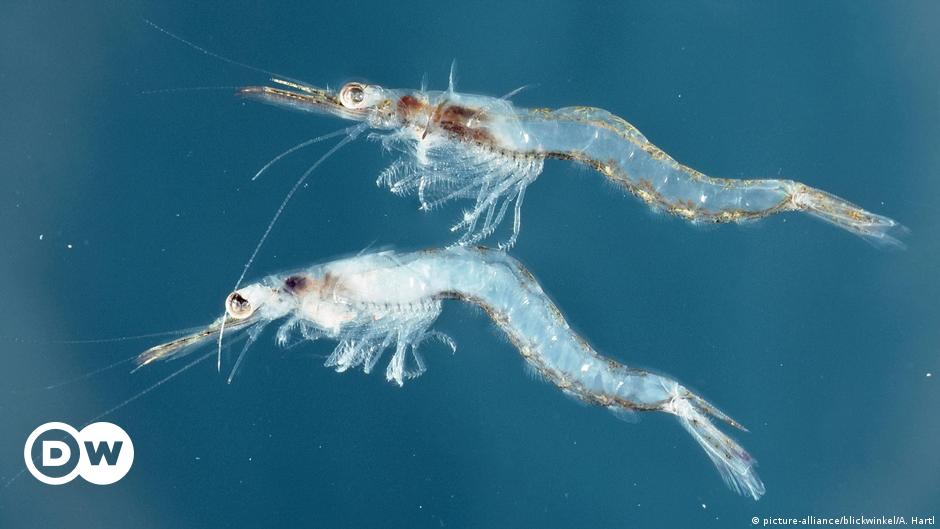
Krill Can Digest Ocean Plastics That Is Certainly Not Good News At All Environment All Topics From Climate Change To Conservation Dw 09 03 2018

How Krill Enable Carbon Capture Particles That Usually Sink To The Sea Bed Are Eaten By Krill Within Their Acidic Guts Antarctic Krill Krill Beneath The Sea
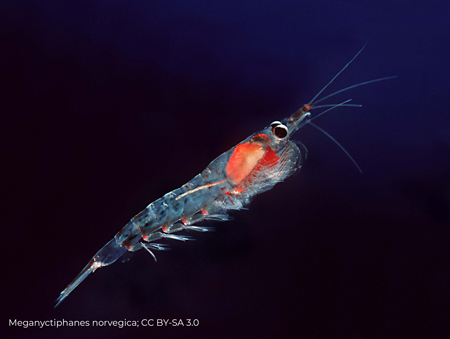
Creature Feature Krill And Whales The Shape Of Life The Story Of The Animal Kingdom
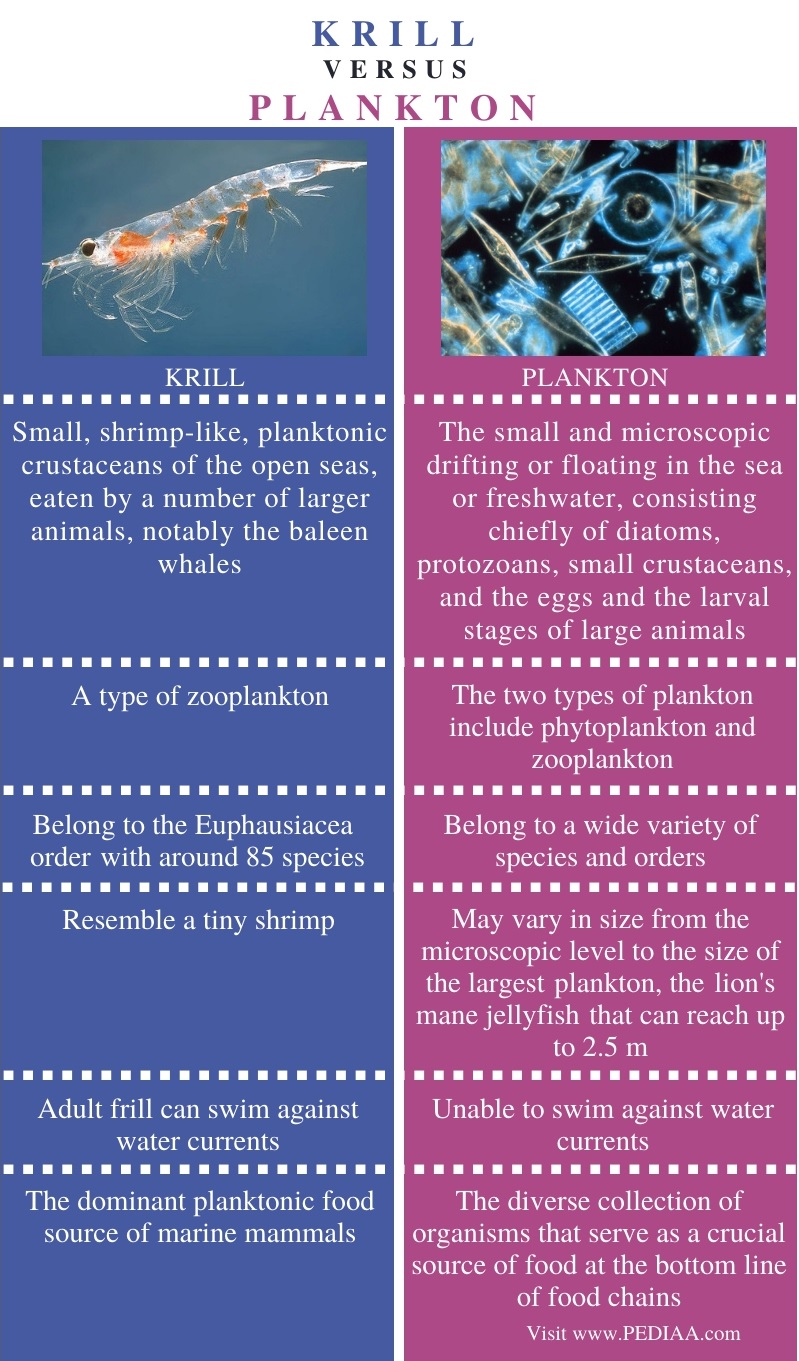
What Is The Difference Between Krill And Plankton Pediaa Com

Doing Things Differently On Twitter Ocean Food Web Ocean Food Food Web

Difference Between Phytoplankton And Zooplankton Definition Features Role Biology Facts Mcat Study Ocean Unit
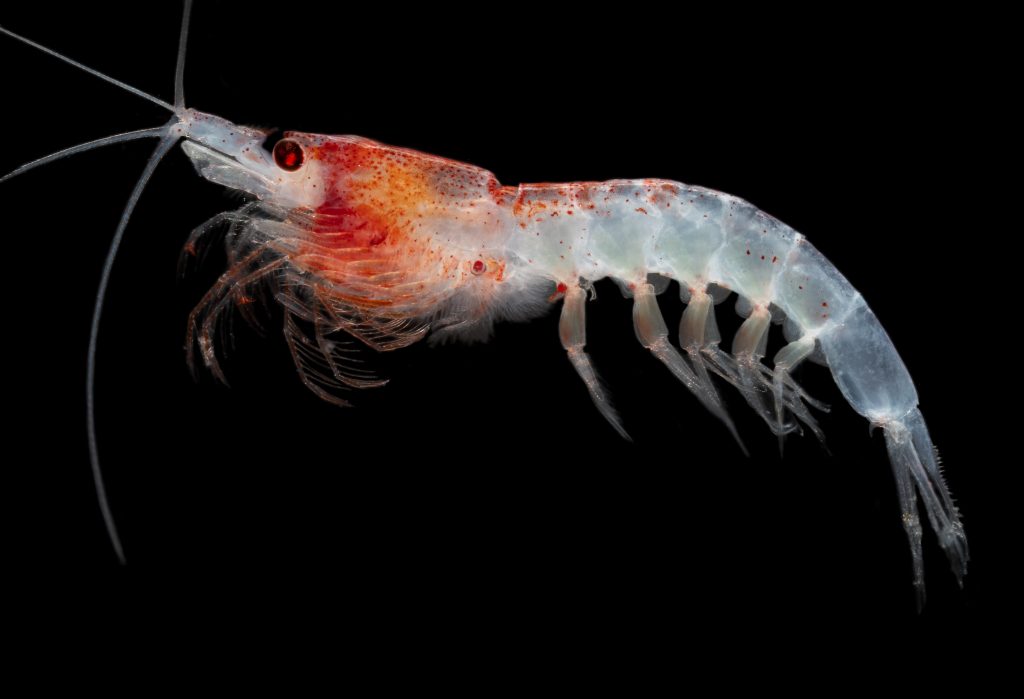




Post a Comment for "Does Krill Eat Phytoplankton"